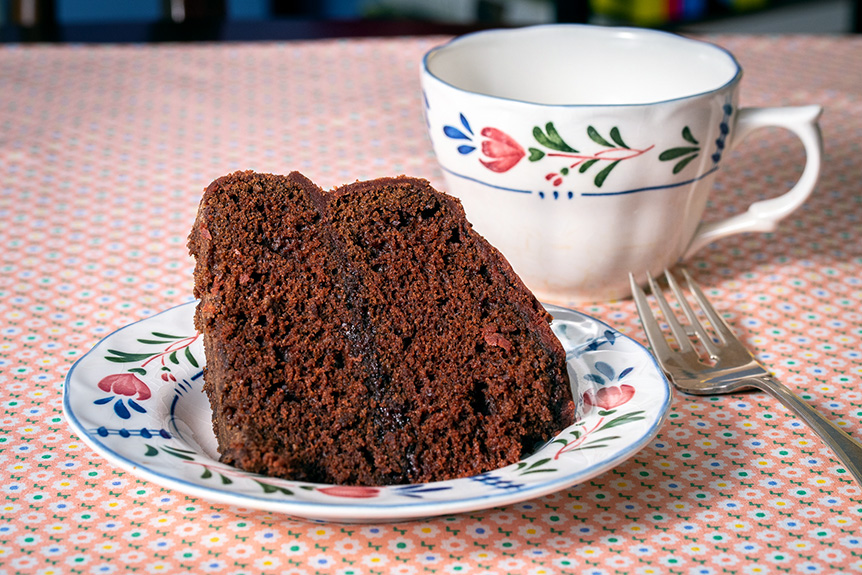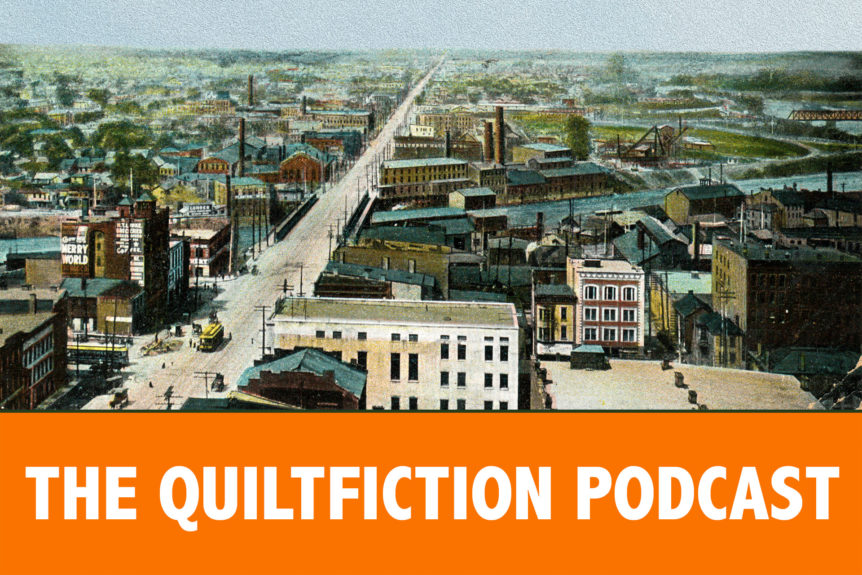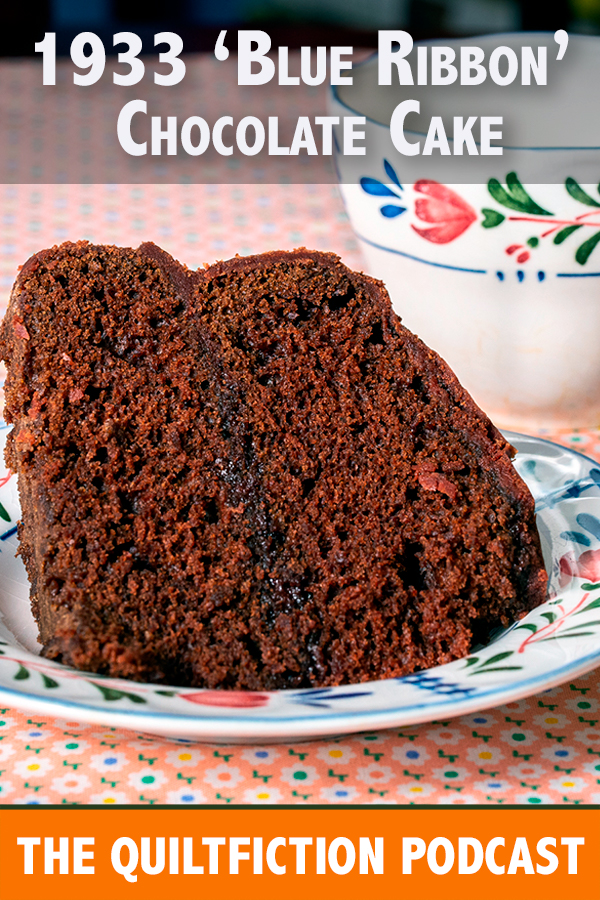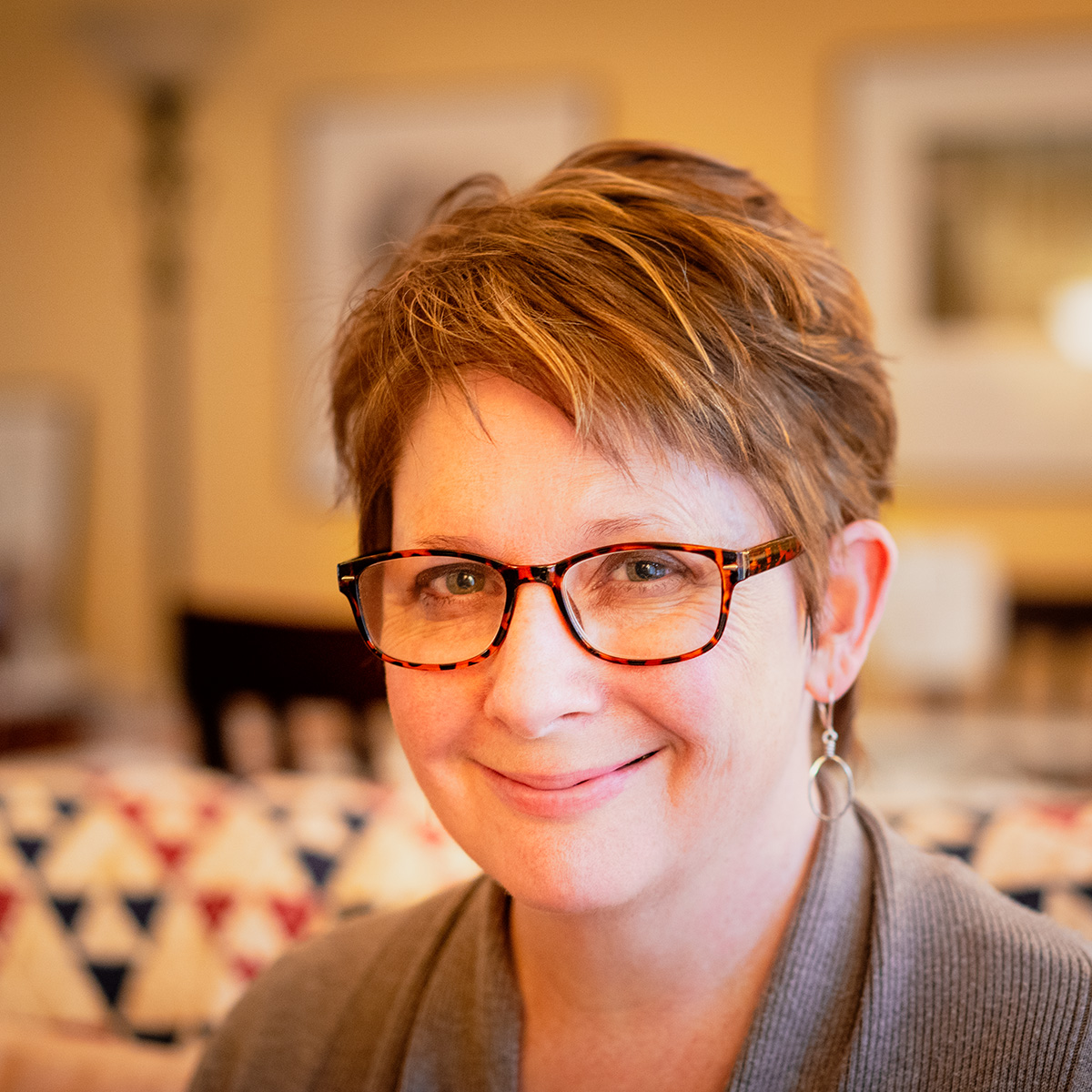Share This Post With A Quilting Friend
What was it like to live in the 1930s? To keep a home, make quilts, raise children, work, and worry?
Friendship Album, 1933, the book I’m currently writing and reading aloud on the Quiltfiction Podcast, takes place during the heart of the Great Depression. All of the story’s main characters, Eula, Bess, Florence, Dorothy, and Emmeline, have been affected by the economic downturn, but to different degrees. Eula and her husband have had to sell their farm, and their sons have scattered across the country to find work. Emmeline and Florence’s lives, on the other hand, haven’t changed much at all. Their wealth comes from the insurance industry, which stayed strong even when markets collapsed.
Dorothy is African-American, and her husband, Wallace, drives a delivery truck for a small dairy company. Like many African-American families of that time, only two generations out of slavery, they had little accumulated wealth when the stock market crashed in 1929. The times have always been hard for people like the Johnsons, but they own their home, have strong family bonds, and both Dorothy and Wallace have managed to keep their jobs when many others lost theirs.
As for Bess, in spite of her husband’s death, she’s managed to keep her house and keep enough money in the bank to stay on this side of financial disaster. It helps that her parents have been able to support her in small ways.

One of my favorite parts of writing historical fiction is researching what was it like to keep a home, make quits, raise children, and work in the 1930s. Now you, too, can give “Eula Baker’s Blue Ribbon Chocolate Cake” a try, straight from the pages of Friendship Album, 1933.
Whatever their problems, the characters I’ve created here have still managed to avoid the harshest realities of that era. I hope you’ll forgive me if I pad reality just a little bit as I explore their lives. I want Friendship Album, 1933 to be realistic, but also warm and, yes, comforting.
Sort of like a quilt.
What’s very real to me in this story is that a group of five very different women are able to form a friendship because they share a love of quilt-making. Given how many friendships I’ve made through quilting, this seems as realistic to me as anything I can think of.
Here’s the thing: So many people I know feel stressed and disconnected right now. Whenever I check out Facebook or Twitter, it’s hard to process all the rage. People talk past each other, dismiss one another, can’t tolerate the least difference of opinion. A friend of mine recently did a TedX talk on the social media call-out culture, and was lacerated for it by the social media call-out culture. It was horrifying.
Turning to this story, writing the lives of these women as they make their quilts and sort through their problems, comes as a relief after all the discord I experience in the real world. When the pleasure of a good cup of coffee and a piece of chocolate cake is enough to brighten Bess’s day, when Eula and Dorothy bond over a poorly-written quilt pattern, when the normally self-centered Emmeline helps Florence emerge from her darkest time, it reminds me that we have so much to offer each other, most of all friendship.
And, of course, there’s cake … which brings me (finally!) to the purpose of this post.
I want to use this space to not only for podcast show notes, but also to share quilt patterns, interesting 1930s history (especially quilt history!), and recipes for chocolate cake. Okay, recipes for other dishes as well, but let’s start with cake, shall we? Check in on Tuesdays for my latest offerings. For now I bring you …
Ella Baker’s Blue Ribbon Chocolate Cake
(This recipe is adapted from … And Garnish with Memories: The life, Times, and recipes of a Great Cook and Raconteur by Patty Smithdeal Fulton, Overmountain Press.)
Ingredients
For the cake
- 3 ounces baking chocolate (unsweetened), chopped
- ¾ cup boiling water
- ½ cup shortening
- 1 ¾ cup sifted flour
- 1 ½ cups sugar
- ½ teaspoon salt
- ½ tsp baking powder
- ¾ tsp baking soda
- 1/3 cup buttermilk (which you can make by mixing the milk with 1.5 tsp of lemon juice and refrigerating for 5 minutes)
- 1 tsp vanilla
- 2 eggs
For the frosting
- 2 ounces unsweetened chocolate, chopped
- 7 Tbs milk
- 2 Tbs butter
- ¼ tsp salt
- 1 ½ cup sugar
- 2 Tbs shortening
- 1 Tbs corn syrup
- 1 tsp vanilla
(In the original recipe, it’s suggested that one might double this recipe–I leave it up to you.)
To make the cake:
Put chocolate in a mixing bowl, pour in boiling water, and stir until chocolate is melted. (Option: combine chocolate and water and microwave for thirty seconds, stir, repeat until chocolate has melted). Add shortening and beat until melted. Let concoction cool.
In a separate bowl, combine dry ingredients. Stir in chocolate, milk, vanilla and eggs, and beat until all ingredients are thoroughly combined.
Bake in two 8” pans for about thirty minutes.
When cake has cooled, spread with frosting.
To make frosting:
Place all of the ingredients except the vanilla into a sauce pan. Slowly bring to a rolling boil, stirring constantly. Let boil for one minute. Remove from heat and cool until lukewarm. Add vanilla and beat until frosting thickens.
This frosting isn’t as thick as the stuff you get from a can, just so you know. Be sure the cake is cool before you frost and the frosting is lukewarm–if either is warm, the frosting will run right down the sides. It’s still delicious if you pick it off the edge of the cake plate, don’t get me wrong, but it’s better if you can make it stick to the cake.
My family loved this cake. Between you and me, I usually make cakes from box mixes. This recipe takes a little longer to make, it’s true, but it’s really not that hard and the results are delicious.





